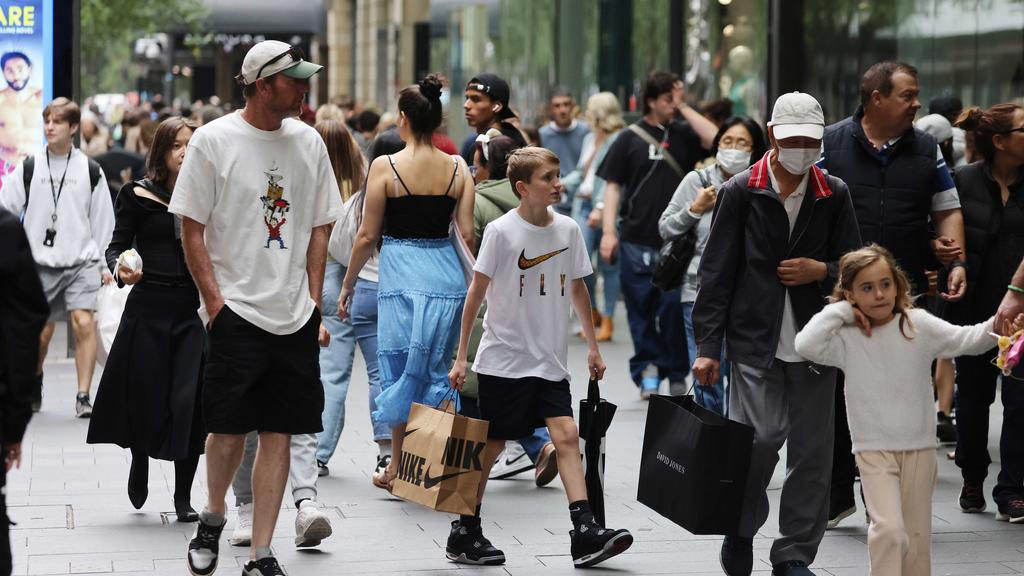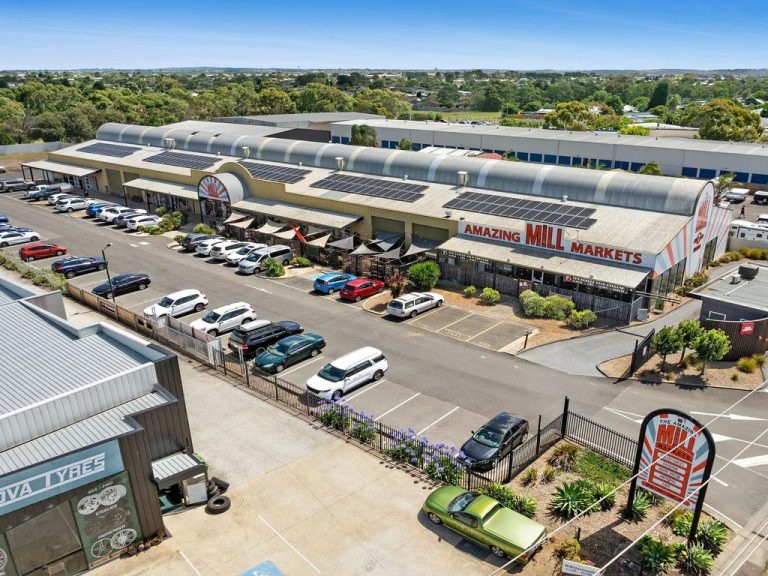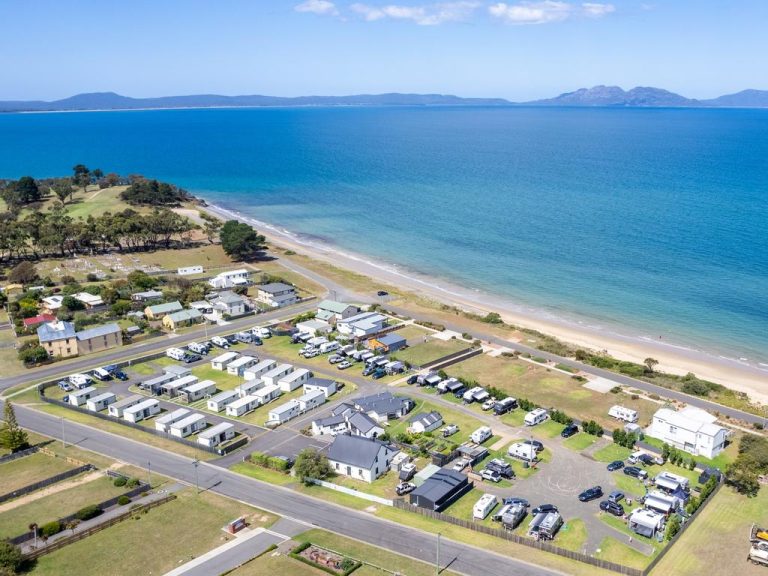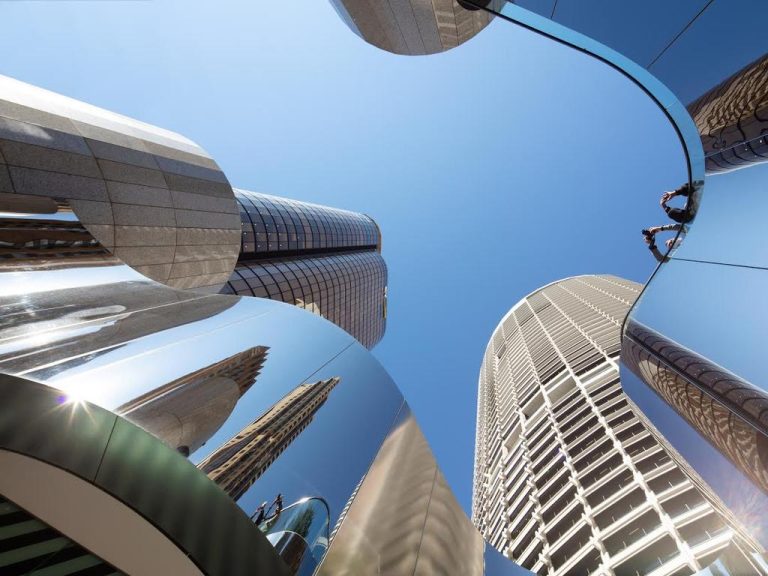City shop vacancies jump as market hits bottom but a recovery on horizon says CBRE

The fall-off in five-day-a-week office attendance has altered many markets permanently, particularly retail. Picture: NCA NewsWire / David Swift
City retail vacancies have hit 15 per cent nationally as major capitals make a slow recovery from the pandemic, but real estate firm CBRE says the market has bottomed out.
City shopping – alongside office blocks – was hit hard and had lagged as retailers and landlords deal with shifting work patterns and shifts in consumer demand.
The fall-off in five-day-a-week office attendance has altered many markets permanently but also opened up spaces for new retailers, with the agency saying that current inquiry now suggests a relatively quick recovery period.
The firm’s first-half CBD Retail Vacancy report shows the national vacancy rate softened from 13.9 per cent in the second half of 2022 to 15 per cent in the last half.
It was a mixed bag around the country, with vacancy declines in Perth and Adelaide, while increases were clocked in Sydney, Brisbane and Melbourne.
“Overall vacancy has softened nationally, coming off seasonal highs in the second half and lower spending. However, rising office occupancy rates and the return of international tourists and students has increased visitation,” CBRE research analyst Darcy Badgery said.
“We’re also seeing a national flight-to-quality trend,” he said, with the firm’s survey showing that 61 per cent of retailers wanted to increase the quality of their store locations.
The biggest first-half vacancy drop – of 0.77 per cent – was recorded in Adelaide, with a 0.74 per cent tightening in Perth. While Melbourne’s vacancy increased by 0.8 per cent, the city now has the lowest vacancy in the country at 10.7 per cent. This followed a 2.49 per cent increase in Sydney’s vacancy rate to 10.8 per cent. A vacancy increase was also recorded in Brisbane, which bumped up 1 per cent to 19.5 per cent.
“While the overall national vacancy rate has increased, based on current inquiry levels we expect to see vacancies contract across all markets over the next six months,” CBRE Australian head of retail leasing Leif Olson said. “This is particularly the case in Sydney, with deals pending on several large arcade vacancies and strong inquiry from food and beverage and luxury fashion retailers who are seeking new opportunities.”
In Sydney, despite overall vacancy softening, strip retail vacancy tightened significantly, dropping 3.19 per cent to 6.9 per cent. This followed a surge in leasing deals in prime locations to brands including Adidas, NBA and JD Sports, and moves by luxury retailers seeking to open flagship stores to stay competitive.
The vacancy jump was down to a 406-basis-point vacancy rise in arcade retail space, and a 320-basis-point rise in centre vacancies, as space came back after the GPO was refurbished and difficulties leasing upper-level retail centre tenancies.
Melbourne’s vacancy softened slightly after the traditional trend of tightening vacancy leading up to Christmas and the holiday period. This was led by centres and arcades – particularly upper-level stores, as retailers gravitated towards prime strips.







